Counting single photons at unprecedented rates

In high-end 21st century communications, information travels in the form of a stream of light pulses typically traveling through fiber optic cables. Each pulse can be as faint as a single photon, the smallest possible unit (quantum) of light. The speed at which such systems can operate depends critically on how fast and how accurately detectors on the receiving end can discriminate and process those photons.
Now scientists at the National institute of Standards and Technology (NIST) have devised a method that can detect individual photons at a rate 10 times faster than the best existing technology, with lower error rates, higher detection efficiency, and less noise.
"While classical communication and detection can operate at blazing speeds, quantum systems, which need that ultimate sensitivity for those faintest of pulses, are limited to much lower speeds," said group leader Alan Migdall. "Combining that ultimate sensitivity with the ability to achieve the counting of photons at high rates has been a long-standing challenge. Here we are pushing both performance limits all in the same device."
The NIST innovation entails a major redesign of the control electronics system surrounding a workhorse detector called a Single Photon Avalanche Diode (SPAD) in which an incoming photon triggers a tiny but measurable burst of current across a semiconductor. SPADs are employed not only in optical communications, but also in lidar (a high-frequency counterpart of radar) and other kinds of 3D imaging, and in PET scans, among other uses.
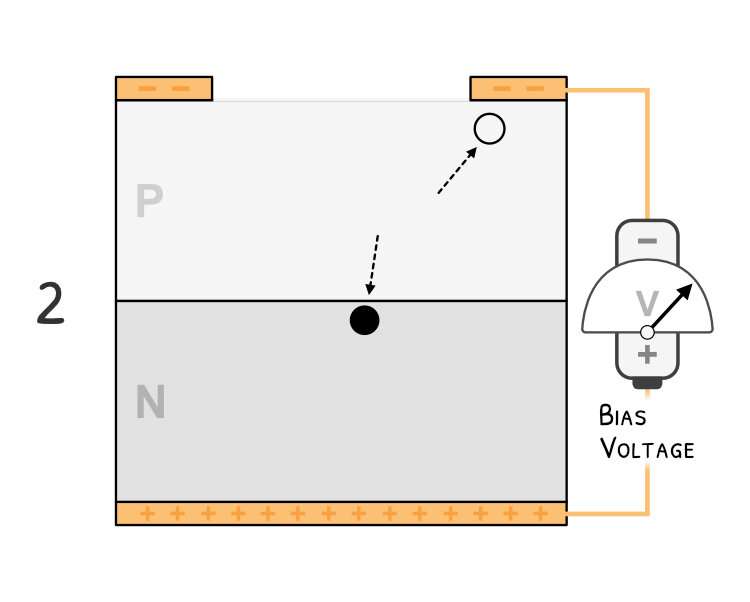
A voltage is applied across the semiconductor. When a photon hits the detector, its absorbed energy kicks an electron off an atom in the semiconductor—the same photoelectric effect that generates electricity in solar panels.
That loose electron is accelerated by the applied voltage and causes a sort of chain reaction in which large numbers of adjacent atoms release an "avalanche" of electrons just as a small added stress can prompt an entire mountainside of snow to collapse. That avalanche current is the output signal. Finally, the device is reset by quenching the current with a counter-voltage and restoring the initial applied voltage. Because the avalanche involves such a large number of electrons, getting the entire system back to a quiet state where it is ready to detect another photon is challenging.
A conventional SPAD can detect from 1 million to 10 million photons per second. That may seem fast, but it is not enough to meet the developing needs of modern communications. Raising the rate, however, has been problematic because of the many trade-offs involved.
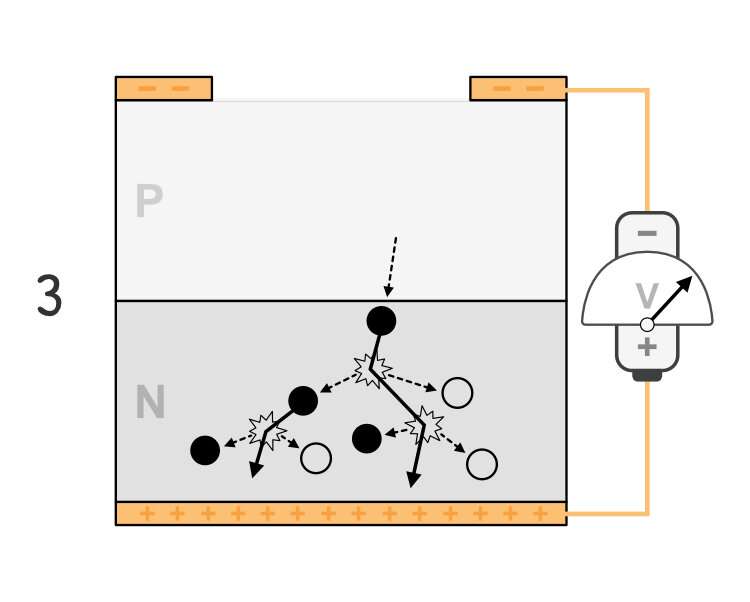
For example, the thickness of the absorption layer that the incoming photon hits determines how likely the device is to catch that incoming photon: thick absorbers (around 0.1 mm, about the width of a human hair) have a higher probability of photon capture because of their greater depth; thinner layers have a greater chance that the photon will pass through undetected.
But the thicker the absorber, the higher the applied voltage needs to be. And higher voltages can produce larger avalanches—large enough to overheat the device, reducing detection efficiency as well as increasing the risk of spurious "afterpulses" in which left-over electrons trapped in the semiconductor set off a secondary avalanche after the SPAD is reset.
To reduce afterpulses, it is necessary to reset the system in two nanoseconds (billionths of a second) or less. Conventional modules that detect the current and then apply the quench cannot operate that fast, historically limiting the performance of thick-absorber SPADs to about 10 million counts per second or fewer. It has generally been assumed that thick-absorber SPADS are unsuited to higher rate counts.
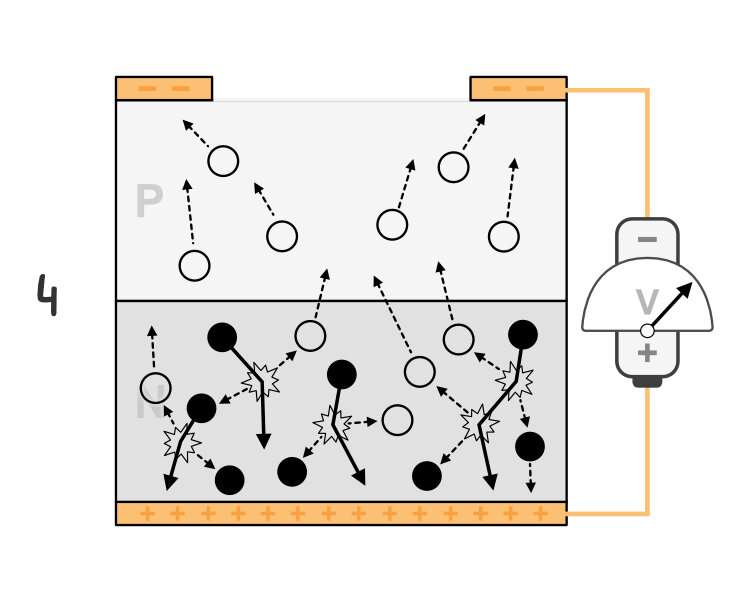
To overcome those problems in a thick-absorber device, the NIST team—which reported its results in Applied Physics Letters—began experimenting with an advanced electronics system for a commercially available thick-absorber SPAD.
Like many such systems, the SPAD is "gated" off and on repeatedly—that is, it is reset continuously by an applied alternating voltage at some frequency. As a result, the longest time period during which the SPAD can produce an avalanche is the gate interval. "Typical gating frequencies for these types of SPADs has been limited to no higher than 150 megahertz," said NIST associate Michael Wayne, first author on the journal article. [1 MHz is a million cycles per second.]
"That means that the SPAD is able to avalanche for six or seven nanoseconds," Wayne said. "While this may not seem like a long time, it is long enough for the device to both become fully saturated with charge—which increases unwanted afterpulsing—and to become hot enough at high count rates to lower its detection efficiency. Gating at a higher frequency—thus shortening the maximum duration of an avalanche—would lessen both of these effects. But because the avalanche is not allowed to grow for as long, it can become too small to detect over the 'noise' caused by opening and closing the gate."
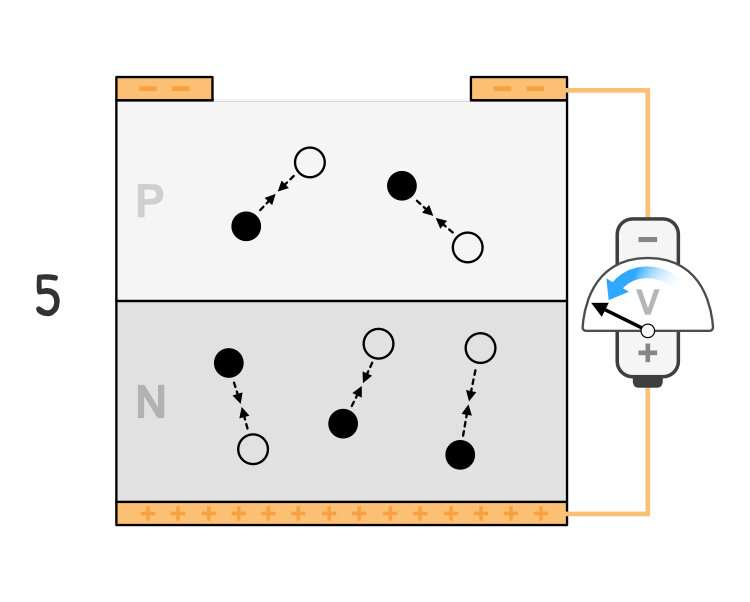
To overcome that problem, the team developed a method similar to noise-canceling headphones: applying a radio frequency signal that exactly offsets the noise. That allowed them to operate the SPAD at one billion cycles per second (one gigahertz, GHz).
Subtracting out the noise, said project leader Joshua Bienfang, "we are able reveal extremely small avalanches. Additionally, the high frequency means that the gate is open for only 500 picoseconds. [One ps is a trillionth of a second. 500 ps is half a nanosecond.] This results in a reduction in average avalanche current by about a factor of 500, lowering both the afterpulsing and self-heating effects, and allowing us to count at rates up to 100 million per second."
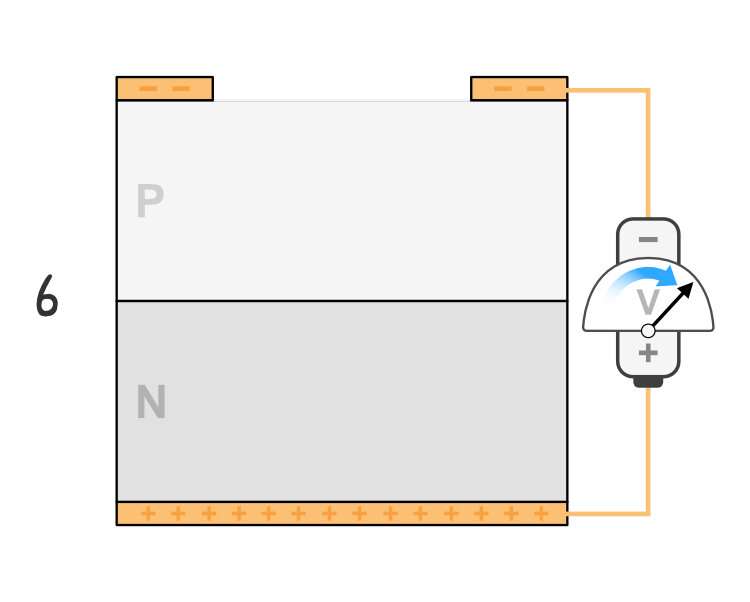
"The new SPAD design could find practical uses in the applications of quantum communication and quantum computation," Migdall said. "Both of those offer capabilities not possible with conventional communication and computation. And both of those applications would benefit from faster, lower-noise single photon detectors."
"This novel design is likely to impact a number of quantum applications. They range from single-photon sensing, where faster count rates and lower noise reduce the time for existing measurements, to the emerging quantum internet, which relies critically on single-photon detection for quantum communication and quantum computation. Both of those can be expected to have a very substantial impact on our society and economy."
More information: Michael A. Wayne et al. Low-noise photon counting above 100 × 106 counts per second with a high-efficiency reach-through single-photon avalanche diode system, Applied Physics Letters (2021). DOI: 10.1063/5.0041984
Journal information: Applied Physics Letters
Provided by National Institute of Standards and Technology
This story is republished courtesy of NIST. Read the original story here.





















